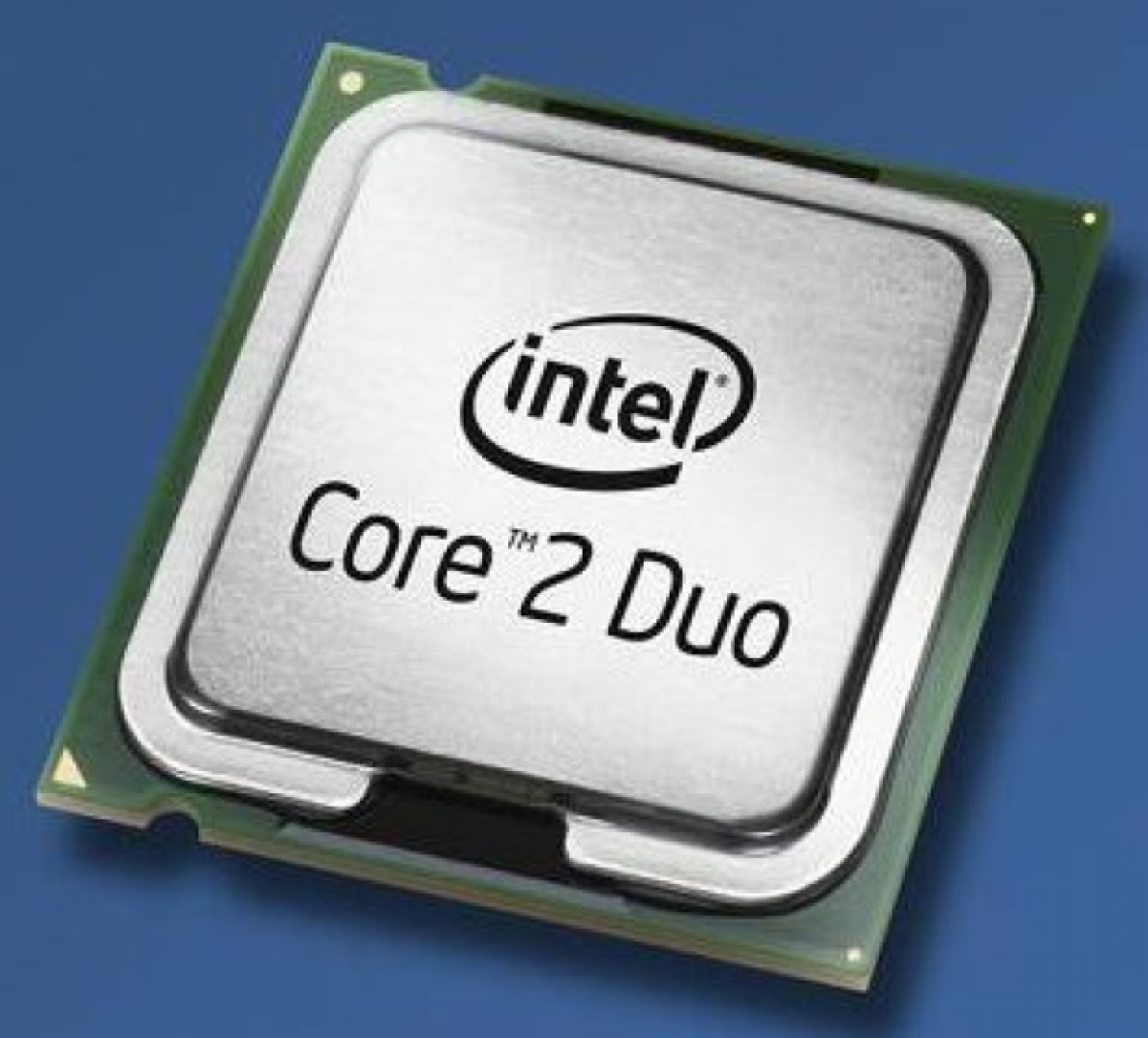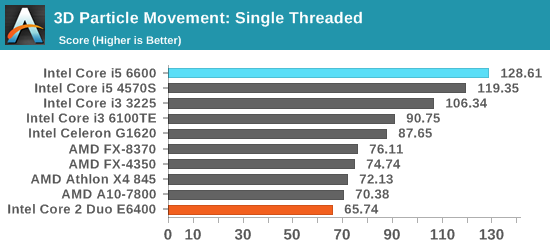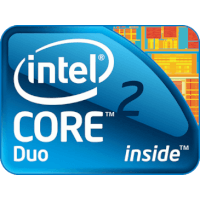

Intel didnt have answer to this since there fabrication plants couldnt produce. What happened then was that amd had native quadcore, meaning it had 4 physical processors joined into one and working well as one unit. I havent been following processor war recently, bt l have a general idea of what have been happening yester years.ĪMD was the first with quadcore tech.

Hyperthreading is a system of allowing a processor to process twice as many processes in the same number of clock cycles - this is manifested on the system as the system appearing to have more cpu/cores than it really does

The difference between a core and a processor is thisĪ core generally has to share on chip caches and other fundamental parts like memory controller access with other cores in the processorĪ processor is a totally packaged unit that doesnt have to share its access to on chip memory controllers and other aspects of the CPU Now lets clarify the meaning of cores and CPU'sĪ Quad core processor is a single processor with 4 discrete cores (with HT this will appear as 8 logical cores)Ī Dual Hex core system is a system with 2 physically seperate CPU's both with 6 cores on each (with the current i7 chips that would be 24 logical cores that the system sees)

I7 - the top model - dual or quad core with hyper threading (HT) even Hex-core on some models (6 cores) I5 - the next model up available in dual or quad core again with HT I3 - intels next gen, this is dual core with HT - so you see double the actual number of cores in windows ( 4 instead of 2) In order of manufacture/relative performanceĬore 2 duo - a dual core processor, that is a CPU with 2 discrete cores so you can do 2 system tasks at the same time (if you got one with HT - Hyperthreading this will show in the system as 4 cpu's)Ĭore 2 Quad Core - same as a core2 duo but with 4 discrete cores instead of 2, if you got a HT version it showed up in window as having 8 cores instead of 4


 0 kommentar(er)
0 kommentar(er)
